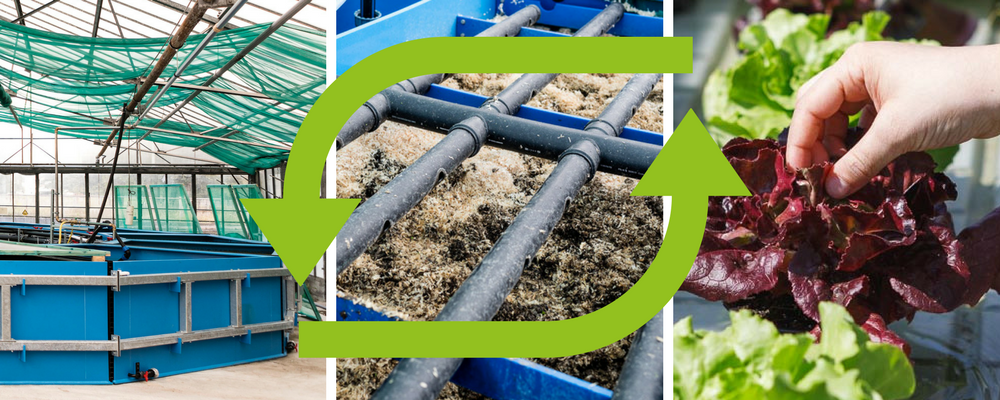Go to Cart 0,00 €
0AquaTerraPonik – Why the ‘Terra’ makes the difference
Aquaponic systems have been around for thousands of years. Even from ancient times, systems have been handed down that enable a natural cycle in which plants grow in the ground and fish in ponds and both benefit from each other. In Asia, fish have traditionally been kept in bottom-feeding fish tanks, which supply water-loving plants such as rice with nutrients and the plants in turn take over the purification of the water.
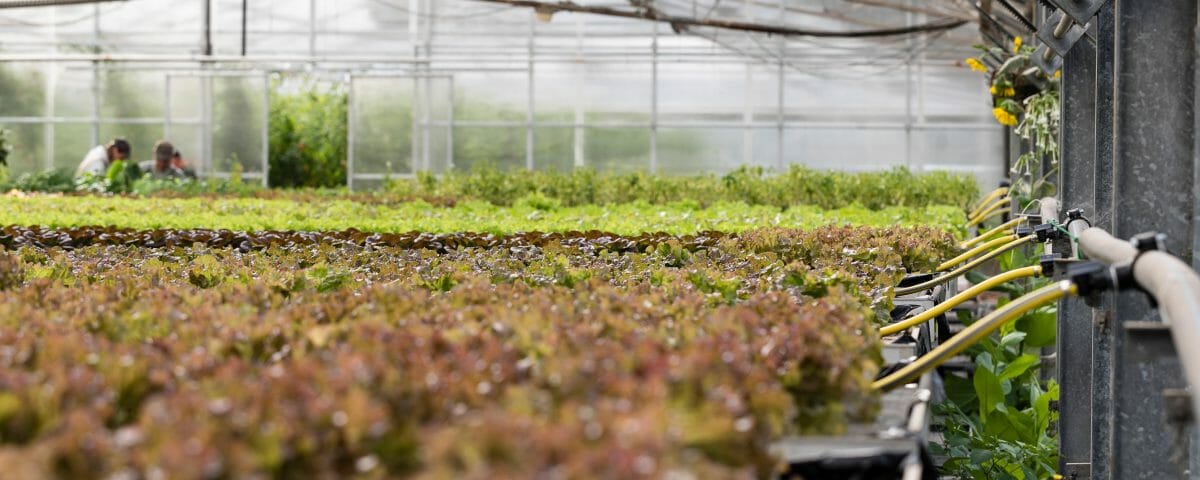
Today’s aquaponics describes a process that combines techniques for rearing fish in aquaculture and the cultivation of crops in hydroponics. The crop plants usually grow in containers with substrates such as expanded clay or gravel, which are periodically flooded with nutrient-rich water from the fish tanks. The excess water is then returned to the fish tank. The substrates only have a holding and supporting function in this production method. We are even more critical of the production in rock wool. In Denmark, for example, stone wool is classified as a hazardous material. The ingredients are detectable in the ground water. Often salads are only produced in water. The final nutrient regulation for optimal plant growth is achieved by systemic separation of the cycles and additional artificial fertilizers.
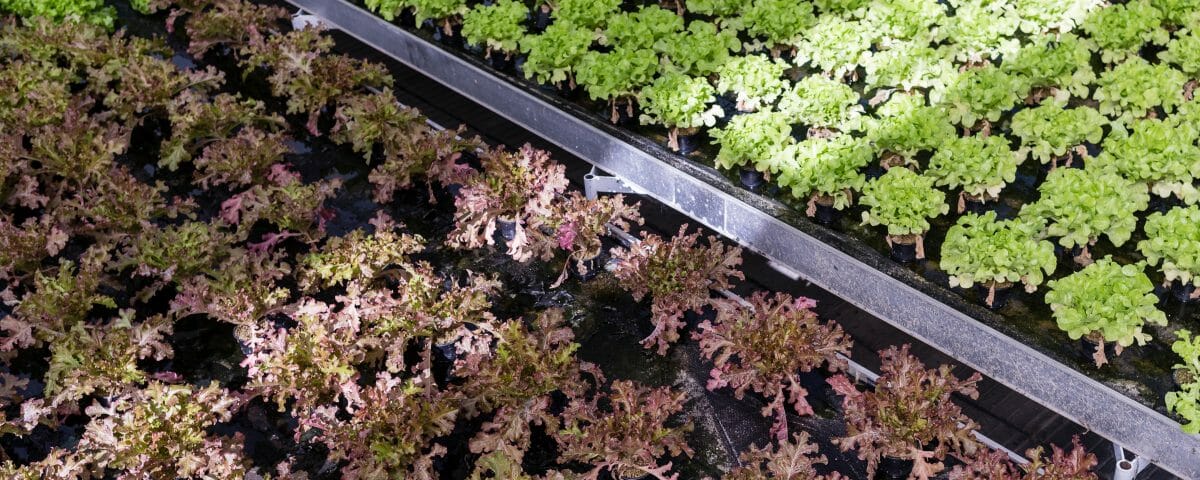
With the new process of AquaTerraPonik we want to take more account of the most important element of Mother Earth. As is so often the case in industrialised agriculture, the soil has been completely ignored when observing plant growth in the new field of aquaponics. With the AquaTerraPonik process, we describe a technique in which “terra soil” is promoted as a living system in a recirculation plant. We do not regard Terra as a holding and supporting element for the plants, but as the ideal framework for healthy plant growth. Our measures aim to promote and nourish the living system “Terra-Soil”.
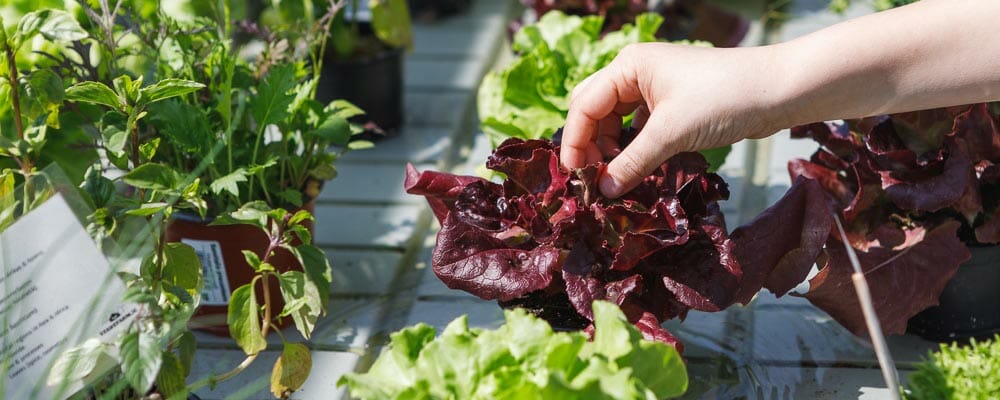
In our process, it is not the plant that is fertilized but the terra. The nutrients of the fish are transformed by various biochemical, organic and animal processes and made available to the terra soil. The animal processes play a special role in this process. The organic matter of the fish, which is found in the AquaTerraPonik system, is converted into humus-like structures by microorganisms and worms. Humus is a very good organic fertilizer, it is 100% full of bacterial flora: there are two billion living bacterial colonies per one gram of humus. It has a high nitrogen, phosphorus, potassium, calcium and magnesium content as well as trace elements, which are present in quantities more than five times those of normal soils. Through heat and mineralisation in the system, the nutrients are then indirectly available to plants. AquaTerraPonik therefore describes to make the Terra soil fertile and not to fertilize the plants.
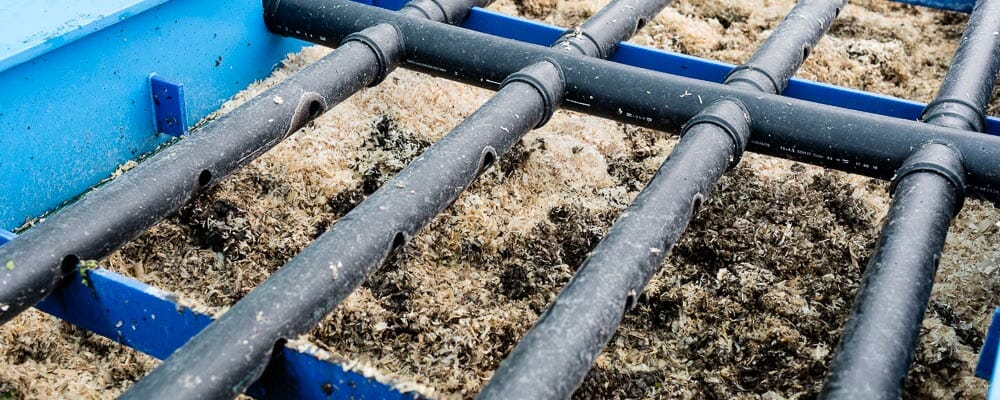
Our Terra soil consists of perlite, pumice and clay as well as various mineralization elements.
This is characterised by a high ion exchange capacity and facilitates the absorption of water.
In living Terra, the plant has the possibility to actively mobilize exactly the nutrients it needs in the respective growth stage. Thus it is also possible to ensure via the quality of the terra that no further artificial fertilization is necessary for successful plant growth.
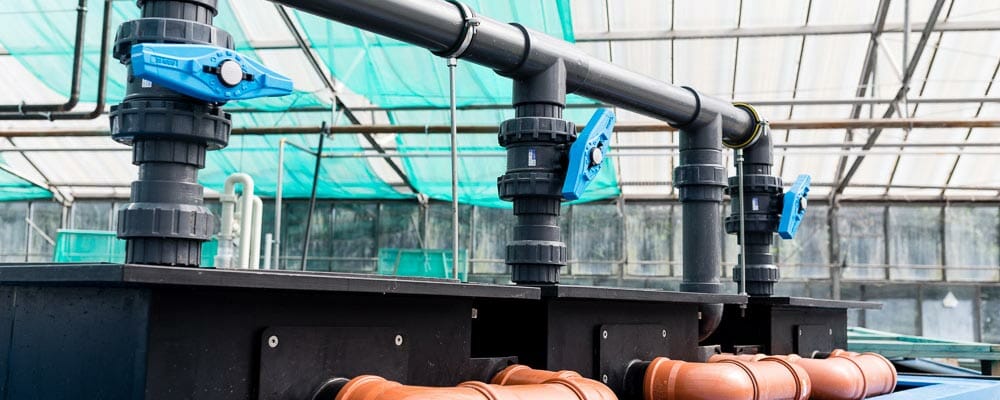
Today’s aquaponics likes to argue that it is more consistent in the idea of circulation than today’s agriculture. We still see considerable potential for improvement here. In classical agriculture with livestock farming, grazing and own fodder cultivation one can best speak of a closed cycle. Following this approach, the AquaTerraPonik process uses all material flows and excess nutrients for green cultivation (including duckweed and algae) as well as non-processable biomass for insect production as feed and protein source for the fish. This also allows a considerable proportion of feed to be produced in-house, and by-catch of fish or fish meal from fish processing can be avoided in fish feed production.

General information about the StadtFarm can be found here, more information about our African Catfish can be found here.
If you want to learn more about StadtFarm and TerraAquaPonik you can visit us at StadtFarm or come for a guided tour.
In our visitor centre there is a miniature showroom and posters explaining the process of AquaTerraPonik step by step, so that every visitor can inform himself on site.

